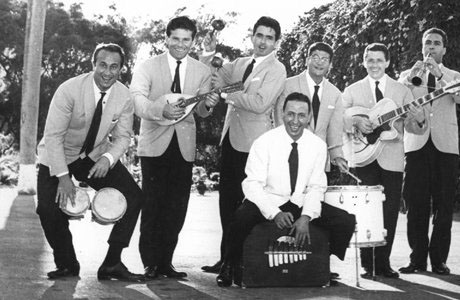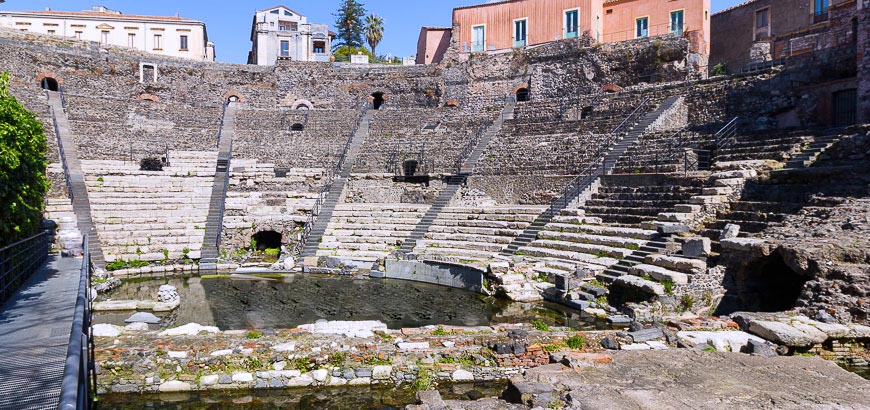Renato Carosone and his “Canzone Napoletano”
Renato Carosone was an Italian musician and a prominent figure of the Italian music scene in the second half of the 20th century. He was also a modern performer of the so-called canzone Napoletana, Naples’ song tradition. When Carosone wrote the song in the 1950s, Italy was beginning to emerge from the ruins and destruction of World War II. The country was permeated by poverty, but the steadfast Italians had a great wish to survive.
Italian holidays were celebrated more on a religious note than as a commercial extravaganza. Families gathered around the fireplace or a braciere to tell stories about la notte di Natale, to roast chestnuts and peel mandarins, while outside the snow fell silently and heavy. Every home, no matter how humble, had a small Nativity scene recreated with modest materials like gesso or clay pottery.
The Christmas tree was a luxury available, at first, only to wealthy families. Those who could find a tree hung fruits, candies and cookies on its branches. There were times when Santa Claus could not come down the chimney and through the fireplace; back then the fire was left burning overnight, for it was the only heat source for the entire house.
Now Italians celebrate Christmas in a more cosmopolitan tone, as decorations and trees become more popular. Although lights and ornaments are often raised around the end of November, the main focus of decorations continues to be the presepe – the Nativity scene or crèche. Almost every church has one and they are often found outdoors in piazzas or other public areas.
As far as Carosone, at the height of his career in 1960, he announced his retirement from the music business, stating, “I’d rather retire now on the crest of the wave, than being tormented later by the doubt that yè-yè fashion and new armies wearing blue-jeans may wipe away all that I have achieved in so many years of work and worries.” His decision caused an uproar. In August 1975, he made a comeback in a televised concert. He then resumed his musical career with live concerts, performances at the Sanremo Music Festival and TV appearances until the late 1990s.
Several of his hits were the result of his long and fruitful collaboration with the lyricist Nicola Salerno, who used the pseudonym Nisa. They could understand each other perfectly; just one hint by Carosone and Nisa wrote a funny, witty little story about it. “‘O suspiro,” “Torero,” “Tu vuò fà l’americano,” made famous by Sophia Loren in the movie House Boat with Cary Grant; “Mambo Italiano,” made famous by Rosemary Clooney; “Caravan Petrol,” “Pigliate ‘na pastiglia” and “O Sarracino” were among their greatest hits.
Carosone died on May 20, 2001 at the age of 81 in Rome, Italy.





